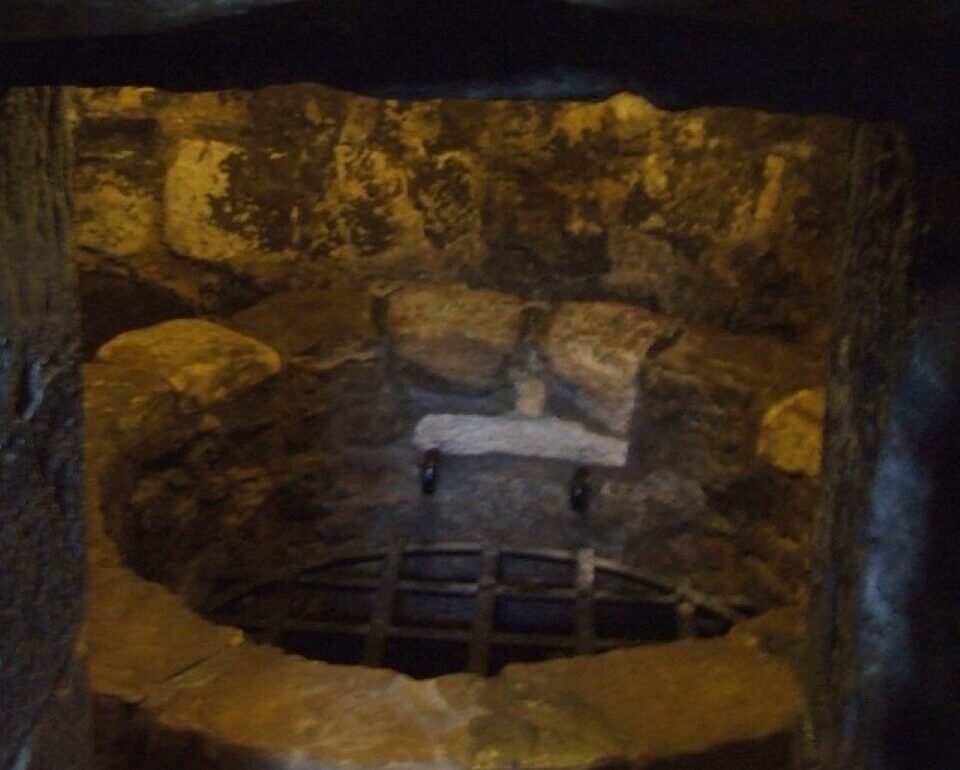Jail or prison, especially in the U.S., is a pretty horrific place. I understand that some of you law-and-order types don’t have any sympathy for their inhabitants, but whether you think they “deserve it” or not, you should agree that it’s not exactly humane. In medieval times, though, it was even worse. And one specific area of medieval imprisonment, the “oubliette,” would make you beg for today’s steel bars and cold stone floor.
An oubliette was a circular cell with no door or window to exit or look out of. Prisoners would be lowered into it through a trapdoor from above, Silence of the Lambs style, minus the access to lotion on their skin. The whole structure and vertical entryway was basically a less-labor intensive way to put someone in a bricked-up room Edgar Allen Poe would approve of. This also served to remove any possibility of sunshine or fresh air. But what really feels ingeniously evil is the lack of corners, just in case you wanted a right angle to hunker down in.

You might be asking how these prisoners didn’t die immediately, and the answer is that they did. Lots of them. And if you were hoping for one last bit of revenge when they had to figure out how to hoist your remains out of these pits, no dice. They usually just left the corpses in there to decay and add to the absolutely dismal vibes, something you would have noticed when you landed on a pile of them upon entry.
Don’t Miss
With all that in mind, you’d think that they’d cooked up a cruel enough end for even the most hated of enemies. However, the nightmare brains in charge had one last trick: Sometimes the oubliette would be hidden within the walls of a castle, allowing the prisoner to hear the happy sounds of the residents going about their life as they turned into worm food.
All in all, you’d probably just end up wishing you’d resisted the kingsguard and gotten a quick sword-slice goodnight.
This post was originally published on this site be sure to check out more of their content.









